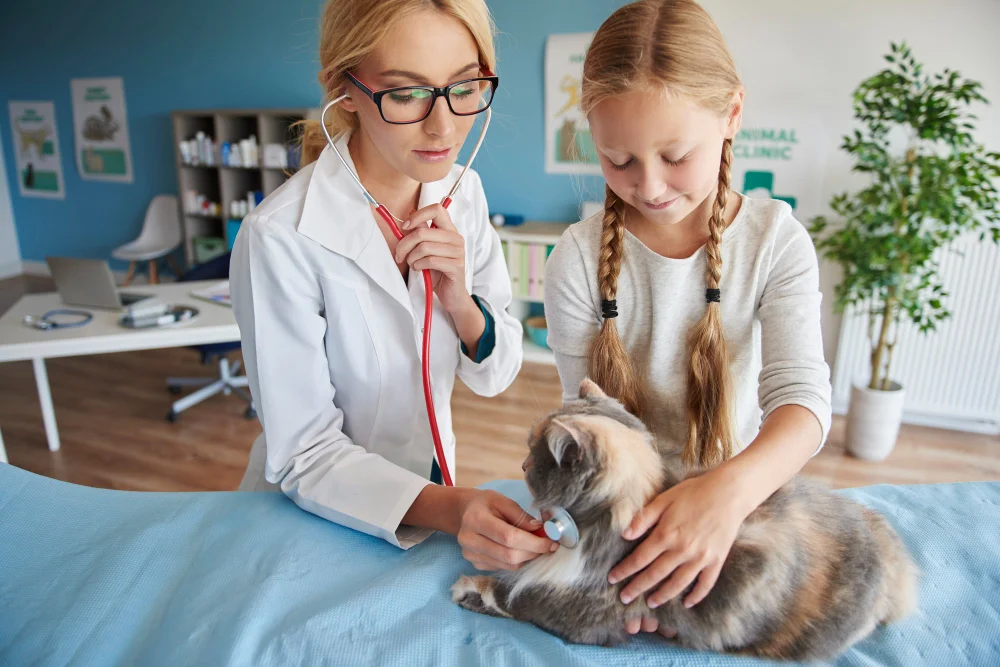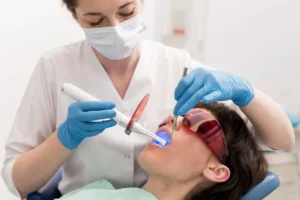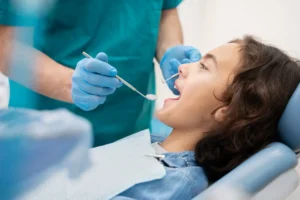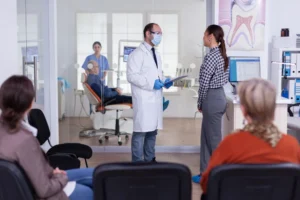What Your Vet Looks For During A Routine Physical Exam
Taking your pet to a vet for a routine physical exam is crucial for your pet’s health. When you visit a pet clinic in Murrieta, CA, the vet will look for important signs that show how your pet is doing. First, they will check your pet’s weight. Then, they examine the coat and skin for lumps or irritation. Next, they inspect the mouth, ears, and eyes for any abnormalities. The vet listens to the heart and lungs, ensuring everything sounds normal. Additionally, they feel the abdomen to detect anything unusual. Your vet also checks your pet’s joints and muscles, looking for swelling or stiffness. These checks aren’t just routine. They’re vital to catching problems early. Understanding these steps helps you know what to expect during each visit. It’s more than just a quick look. It’s a thorough check to keep your furry friend healthy and happy.
Why Regular Exams Matter
Routine physical exams are crucial. They help in spotting health issues before they become severe. Regular visits ensure your pet receives timely vaccinations and preventive care. These exams allow vets to develop a health baseline for your pet, making it easier to notice changes over time. This practice is endorsed by The American Veterinary Medical Association.
Health Checks During a Vet Visit
Vets conduct several health checks during routine exams. These checks cover various aspects of your pet’s health, ensuring comprehensive care.
| Health Check | Purpose
|
|---|---|
| Weight Measurement | Tracks growth and identifies weight issues |
| Coat and Skin Examination | Detects lumps or irritation |
| Mouth, Ears, and Eyes Inspection | Finds abnormalities like infections or discharge |
| Heart and Lung Auscultation | Ensures normal sounds indicating healthy function |
| Abdomen Palpation | Detects unusual masses or pain |
| Joint and Muscle Check | Identifies swelling or stiffness |
Specific Areas of Focus
During the exam, vets focus on specific aspects depending on your pet’s age, breed, and health history. Understanding these helps tailor the care to the pet’s needs.
Senior Pets
Seniors require special attention. Vets may focus on joint health, kidney function, and dental health. These areas often change as pets age, requiring more frequent monitoring. According to Cornell University College of Veterinary Medicine, early detection of age-related changes significantly improves quality of life.
Young Pets
Young pets need regular check-ups to ensure proper growth and development. Vets monitor vaccinations, weight gain, and behavioral developments. These checks help establish a solid foundation for lifelong health.
How to Prepare for a Vet Visit
Preparation is key. Bring any medical records and note any changes in behavior or appetite. Ensure your pet is calm before the visit to make the exam smoother. This approach allows the vet to make the best assessments.
Building a Relationship with Your Vet
Building a solid relationship with your vet benefits your pet’s health. A trusted vet familiar with your pet’s history can make better decisions, ensuring personalized care. Regular communication fosters trust, making visits less stressful.
Conclusion
Routine physical exams are essential for your pet’s health. From weight checks to joint exams, each step plays a role in maintaining well-being. Regular visits help catch issues early, resulting in healthier and happier pets. Understanding the importance of these exams empowers you to take an active role in your pet’s health journey.

Deepak Sharma
Namaste! I’m Deepak Sharma, the creative mind behind SocialFunda, your go-to hub for Facebook bios, captivating captions, Instagram bios, and a treasure trove of Hindi Shayari. As a digital enthusiast, I am passionate about curating content that adds a touch of flair to your online presence.







